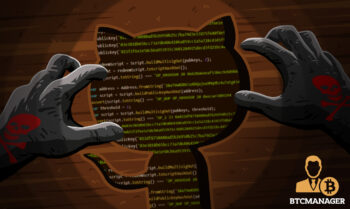
2019-8-23 19:34 |
Following a recent report from Check Point Security highlighting the decline of cryptojacking over the last two years, cryptojacking software was found in 11 code libraries for the programming language Ruby. origin »
Rubius (RUBY) на Currencies.ru
|
|















